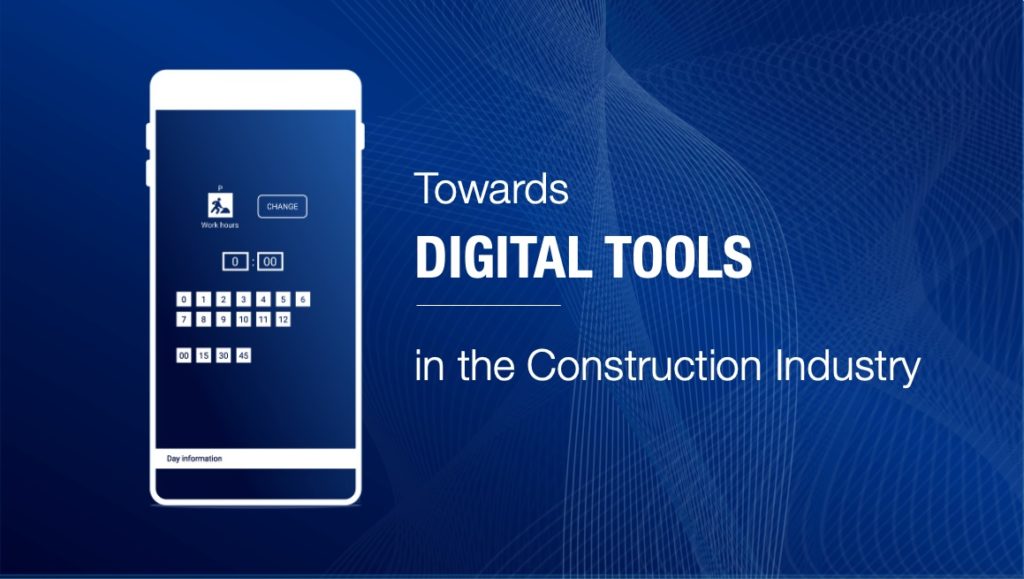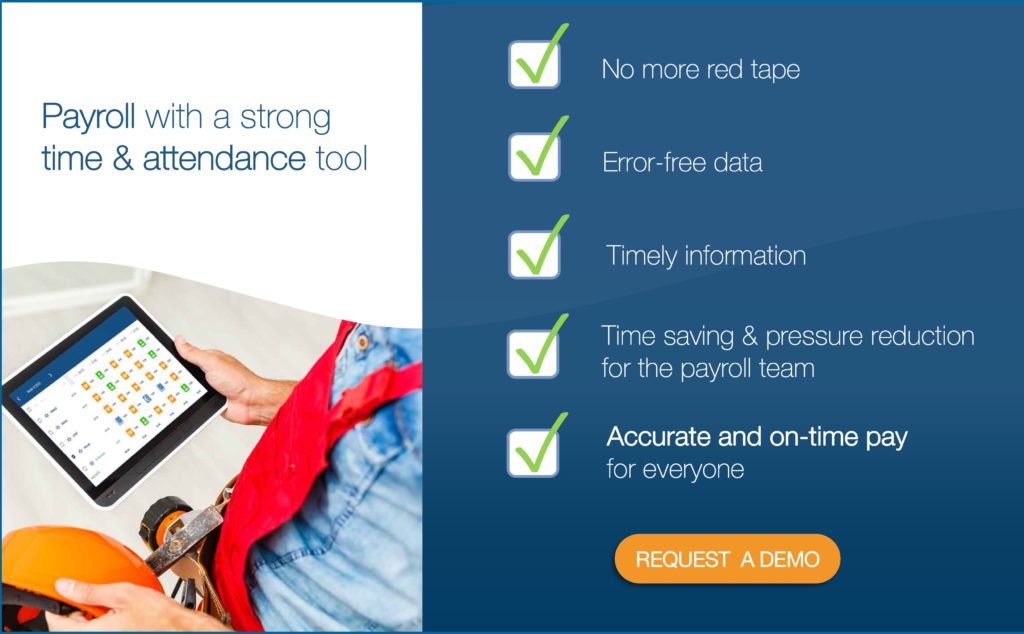
Covid-19 will certainly leave a trace on many businesses. But how has it impacted the construction industry? And why are some digital tools such a must-have now? To succeed in a post-covid world, it is important to learn some valuable lessons.
Covid-19’s biggest impact: innovation
Kevin Sneader, Global Managing Partner at the international consulting company McKinsey, identifies innovation as the first trend of the post-covid world. It is when the world is disrupted and humans encounter adversity that we strive to innovate: “We learn in the hard times.” And covid-19 has certainly taught us some hard lessons.
Innovation: Your launchpad out of the COVID-19 crisis
In the construction industry, it showed the importance of taking quick and well-informed decisions. To succeed in a changing world, reactivity is the key.
However, well-informed decisions must be based on data – specifically, up-to-date, accurate and detailed data. This is why we are now seeing, in this post-pandemic world, more and more innovative digital tools being developed to capture, analyse and report field data.
The rise of digital tools in the construction industry
Due to the complexity of the construction industry (each worksite is unique, which is very different to a product manufactured in a standardised way), digital technology has taken its time to break into the sector.
For a time, construction companies even had to develop their own adapted tools internally, to meet their growing demand for suitable solutions.
Fortunately, the industry of creating digital tools for construction companies has boomed over the past 10 years. As a result, there are now proven specialized solutions to meet the needs of any construction company.
Rise of the platform era: The next chapter in construction technology
Digital tools for on-site control
In the construction industry, it is vital to ensure that people are at the right place at the right time and to keep track of who is entering and exiting the workplace. The covid status (i.e. (un)vaccinated, negative/positive test) of each worker is simply a new complexity, with additional information to record and track.
However, keeping track of what is happening on-site is not always easy in the construction industry.
The main sources of complexity in the construction industry:
- The multiple statuses of workers: own staff, interim, subcontractor, etc.
- The different legislation that workers are subject to, regarding:
- their nationality
- their country of residence
- the country where the work site is located
- etc.
- The mobile nature of workers, working on multiple sites.
The main challenges for on-site control of workers’ activities:
- Knowing what documentation is necessary for each worker, due to the variety of their profiles.
- Collecting and processing all of these documents.
- Knowing who has entered and exited each worksite.
- Getting access while on-site to the administrative status of each worker, to implement relevant controls.
- Having an overview of the administrative status of all workers, to take action when needed.
- Maintaining a record of implemented controls, to prove that they are adequately managed.
- Complying with constantly evolving legislation, which generally becomes increasingly onerous regarding management of the presence of workers.
Driven by this growing need for on-site control, dedicated digital tools have become increasingly specialised.
Digital tool #1: Document management platform
A document management platform allows the automatisation of the collection, reading, verification and sharing of personnel-related documents. It gives a clear and up-to-date view of the workers’ administrative status and the actions that need to be taken.
Digital tool #2: Presence control application
A presence control application is an on-site attendance management solution. It ensures the daily verification of worker and subcontractor attendance and the control of their administrative compliance, directly from the site.
Digital tool #3: Access control solution
An access control solution allows entry to the worksite to be physically controlled. Anyone who, for whatever reason, does not have the required permission simply cannot enter. A good access control system ensures maximum site security with minimal impact on business operations.
Financial control’s digital tools
The covid-19 crisis has brought into sharp focus the crucial importance of quick decisions, based on up-to-date information. This applies to the financial department of construction companies too.
Digital tools have a crucial role to play in the capture of up-to-date and reliable data, to feed into the financial department’s decisions and ensure a close monitoring of performance and budgets.
Digital tool #4: Data collection solution for financial control
This is a specialised time-tracking solution that allows the collection of worked hours by project, task, etc. Budgeted hours can be quickly compared with actual hours, to identify any discrepancies.
Having this detailed and up-to-date data available directly from the company’s software, or visualisable from dashboards, enables close financial control.

Digital tool #5: Integrated dashboard
Consequently, dashboards powered by current data have become another essential digital tool.
At one glance, they give a clear overview of the situation and this allows exceptional reactivity.
HR’s digital tools
If the HR functions already operate with a range of digital tools, these solutions are often unsuitable for the reality of the construction industry: highly mobile workers.
However, the past 10 years have seen the birth and rapid growth of such digital solutions, which now complement existing software to create an integrated digital ecosystem.
The covid-19 pandemic simply accelerated this trend, exacerbating two main challenges of HR management:
- Absence and attendance monitoring
Absence management has been a major challenge during the covid-19 crisis, with many unplanned absences (due to covid infection, covid contact, or travel restrictions, etc). It has highlighted the importance of having a clear overview of the available workforce.
- Teleworking
Telework has increased significantly since the start of the crisis. It has shown the importance of maintaining data availability, without being dependent on paper forms, for example.
To face these and other challenges, specific digital tools have become a necessity in HR functions.
Digital tool #6: Absence planning
Absence planning tools are now increasingly being seen in construction companies. They provide a clear overview of workers’ absences.
Digital tool #7: Digital data collection solution for HR
A digital time-tracking tool comprises much more than just clocking into and out of a system. It enables the efficient and detailed collection of worked hours in a structured way.
A digital time-tracking tool means:
- HR management rules, personnel repositories, etc are integrated into the time-tracking tool.
- The registration of worked hours is quick and easy.
- Data is validated according to a predefined workflow.
- Real-time, structured and accurate data is available and can be integrated into HR’s software, such as a payroll system.
Being very different to paper forms or Excel spreadsheets, digital tools for time tracking enable the optimisation of HR processes, leaving more time for the human dimensions of the HR profession.
Covid-19’s lessons for the construction industry: is the future digital?
The covid-19 crisis did not mark the birth of the digital transformation in the construction sector. In fact, digital tools dedicated to the industry were already emerging over the past 10 years.
However, the crisis did highlight the importance of using these tools in challenging environments, where quick, well-informed decisions are the key to survival – and even to growth.
As a result of the crisis, construction companies cannot ignore the importance of investing in digital technology any more. While the journey to an optimized digital landscape is still substantial, there is no doubt that the future of construction will be more digitalized than ever.
